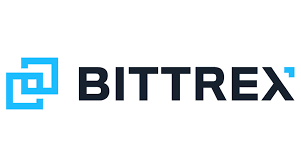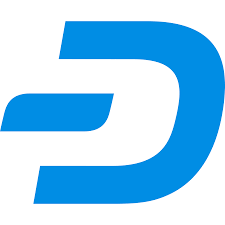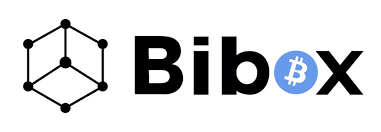In the realm of cryptography and data security, hash functions play a crucial role in ensuring the integrity and authenticity of information. One such hash function that has gained attention and recognition is Skein. In this article, we will delve into the intricacies of Skein and explore its features, applications, and important considerations to keep in mind when using it.

Overview of Skein Hash Function
The Skein hash function is a cryptographic algorithm that was developed as part of the NIST hash function competition. It was designed to provide a secure and efficient way to generate hash values for various applications, such as data integrity checks and digital signatures.
One of the key features of Skein is its flexibility. It supports different output sizes, ranging from 8 bits to 512 bits, making it suitable for a wide range of applications. Additionally, this crypto algorithm allows for the use of different security levels, depending on the desired level of protection.
It also incorporates several advanced cryptographic techniques to ensure its security. It uses a unique construction called the Threefish block cipher, which provides a high level of resistance against various attacks. Furthermore, the algorithm employs a tweakable block cipher mode, which allows for the customization of the algorithm to meet specific requirements.
Facts about Skein Hash Function
Here are the 8 facts about Skein Hash function that can help you understand it better.
Origin and development
Skein was developed as a part of the NIST hash function competition, initiated in 2006. It was designed by a team of cryptographers including Bruce Schneier, Niels Ferguson, Stefan Lucks, Doug Whiting, Mihir Bellare, Tadayoshi Kohno, Jon Callas, and Jesse Walker.
Versatile function
The function is a family of cryptographic hash functions that offers various output sizes, making it flexible for different applications. It supports output sizes of 256, 512, 1024, 2048, and even higher bits.
Three versions
It has three versions, known as Skein-256, Skein-512, and Skein-1024. These versions are named based on their respective output sizes and provide different levels of security.
Secure and efficient
The agorithm is designed to offer a high level of security while maintaining efficient performance. It employs a unique cryptographic structure called the Threefish block cipher, which provides a strong defense against known attacks.
Resistance to attacks
Skein is designed to resist various cryptographic attacks, including preimage, collision, and second preimage attacks. Its security properties are based on the strength of the underlying Threefish block cipher.
NIST competition finalist
It made it to the final round of the NIST hash function competition, showcasing its potential as a reliable and robust hash function. Although it did not become the final standard, Skein remains a popular choice due to its strong security features.
Open and transparent
This cryptographic algorithm is an open and transparent design. Its specifications and reference code are publicly available, enabling cryptographers and developers to review and analyze its security properties.
Extensible output functions
It allows the use of extensible output functions (XOFs), which provide arbitrary-length output. This feature makes it suitable for applications requiring variable-length hash outputs, such as key derivation, pseudorandom number generation, and digital signatures.
Considerations before using Skein Hash Function
Before using hash functions, there are several important considerations to keep in mind
Security requirements
Evaluate the specific security requirements of your application and choose the appropriate version and output size accordingly.
Cryptographic review
As with any cryptographic algorithm, it is recommended to subject Skein to thorough review and analysis by experts in the field to ensure its security and reliability.
Algorithm maturity
Although Skein has undergone extensive scrutiny, it is still relatively newer compared to other well-established hash functions. Consider the maturity and adoption of the algorithm within the cryptographic community.
Implementation considerations
Pay attention to the implementation details and potential vulnerabilities that may arise from incorrect usage or implementation flaws.
Compatibility
Assess the compatibility of Skein with your existing systems and protocols, ensuring smooth integration and interoperability.
Conclusion
Skein hash function offers a versatile and secure approach to data integrity and cryptographic applications. Its flexible output sizes, resistance to attacks, and transparency make it a compelling choice for developers and security-conscious individuals. By understanding the facts and considerations surrounding Skein, you can make informed decisions regarding its usage in your cryptographic endeavors.
You can also find these articles useful
Everything you need to know about Everipedia
Everything you need to know about the WazirX exchange
Everything you need to know about SWIFFT hash function











